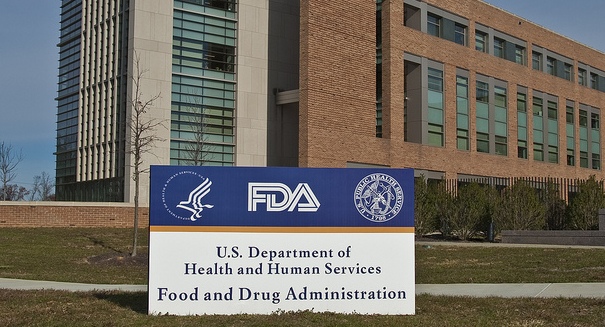
The ban is considered to be discriminatory because of the way it lumps the entire group together.
On Tuesday, the American Medical Association (AMA) voted to oppose a longstanding ban by the Food and Drug Administration (FDA) on blood donation by gay and bisexual men.
The ban was put into place in 1983. It grew out of the initial AIDS outbreak in the 1980s, when little was known about the etiology of the disease and it was apparent that gay men were more likely to have the virus. As a result, gay men were considered a high-risk group and they were not allowed to donate blood. The AMA voted to oppose the outright ban, recommending that gay men be evaluated on an individual basis similar to other potential donors.
The FDA continues to ban blood donation by men who have sex with other men. In explaining the ban, the FDA states that the ban extends to men who have had sex with other men since 1977, which is the start of the AIDS epidemic. In support of the ban, the FDA states that, while gay men are only two percent of the U.S. population, they account for 61 percent of all new HIV infections. In refusing to consider individual risk level, the FDA asserts that there has been no proven reliable means of identifying a category of gay men that do not carry a significantly higher risk of HIV infection.
In contrast to the position of FDA, the AMA members voting do not believe that there is scientific support for continuing the ban. The ban is considered to be discriminatory because of the way it lumps the entire group together. Part of the reason the AMA supports lifting the ban is that, unlike at the time the ban was created, there are now legitimate and reliable tests to check for HIV. Utilizing these tests would mitigate the risk.
Understanding that there is a need to balance safety with adequate supply, the Department of Health and Human Services is assessing changing the criteria for blood donation. There are regular shortages of blood, particularly of types O and B. One in 10 people entering a hospital need blood and, every minute, three gallons of blood are needed across the nation. Without blood transfusions, 4.5 million Americans would die every year. Every blood donation takes about one pint of blood, which can save as many as three people. With 32,000 pints of blood used every day, increasing the potential blood donor pool could have an immense, lifesaving impact.
Leave a Reply